“I never had a project. I would go out and shoot, follow my eyes – what they noticed, I tried to capture with my camera, for others to see.” Helen Levitt
Helen Levitt was an American photographer born on August 31st, 1913. She was born in Levitt was born in Bensonhurst, Brooklyn, New York and was considered to be the most celebrated and least known photographer of her time.
She dropped out of high school and in 1931 and learned how to develop photos in the darkroom when she began working for J. Florian Mitchell, a commercial portrait photographer in the Bronx. She saw the work of Henri Cartier-Bresson, a big influence on her career, at the Julien Levy Gallery and for the first time saw photography as art. She practiced by photographing her mother’s friends with a used Voigtländer camera.
While teaching art classes to children in the mid-1930s, Levitt became intrigued with the transitory chalk drawings that were part of the New York children’s street culture of the time. She purchased a Leica camera and began to photograph these chalk drawings, as well as the children who made them. The resulting photographs were ultimately published in 1987 as In The Street: chalk drawings and messages, New York City 1938–1948.

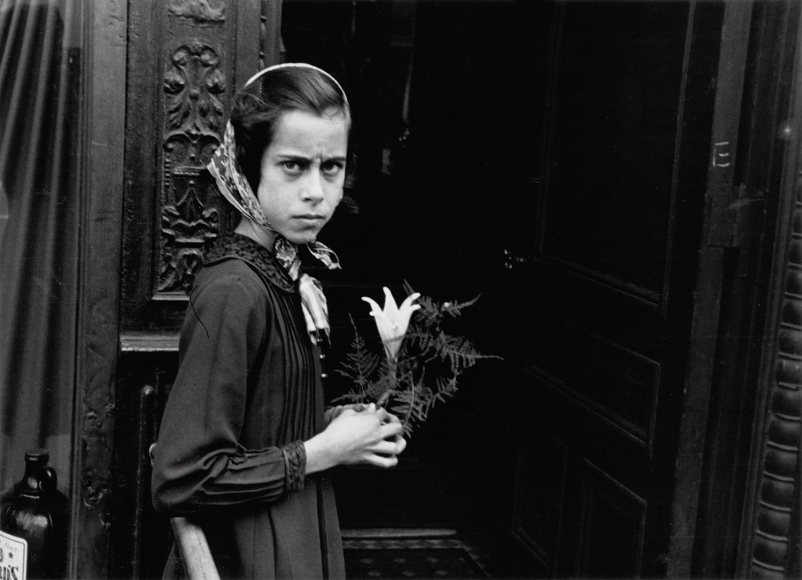
She continued taking more street photographs mainly in East Harlem but also in the Garment District and on the Lower East Side, all in Manhattan. During the 1930s to 1940s, the lack of air conditioning meant people were outside more, which invested her in street photography. Her work was first published in the Fortune magazine’s July 1939 issue.

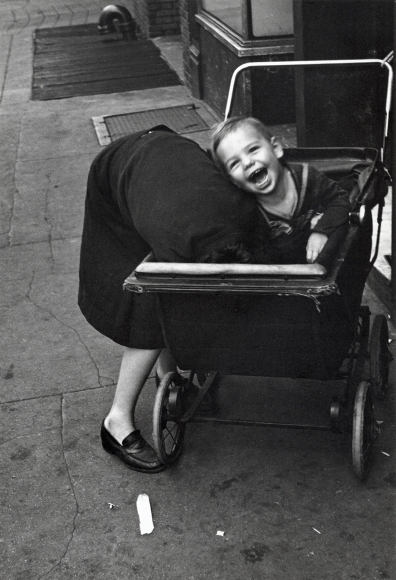
In 1959 and 1960, she received two grants from Guggenheim Foundation for her pioneering work in colour photography. In 1965, she published her first major collection, A Way of Seeing. Much of her work in colour from 1959 to 1960 was stolen in a 1970 burglary of her East 12th Street apartment. The remaining photos, and others taken in the following years, can be seen in the 2005 book Slide Show: The Colour Photographs of Helen Levitt.
However, she felt equally comfortable working with black and white, as she did both in the 1980s. In 1976, she was a Photography Fellow of the National Endowment for the Arts.
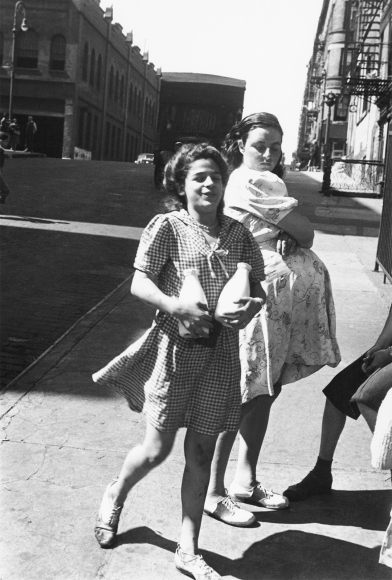
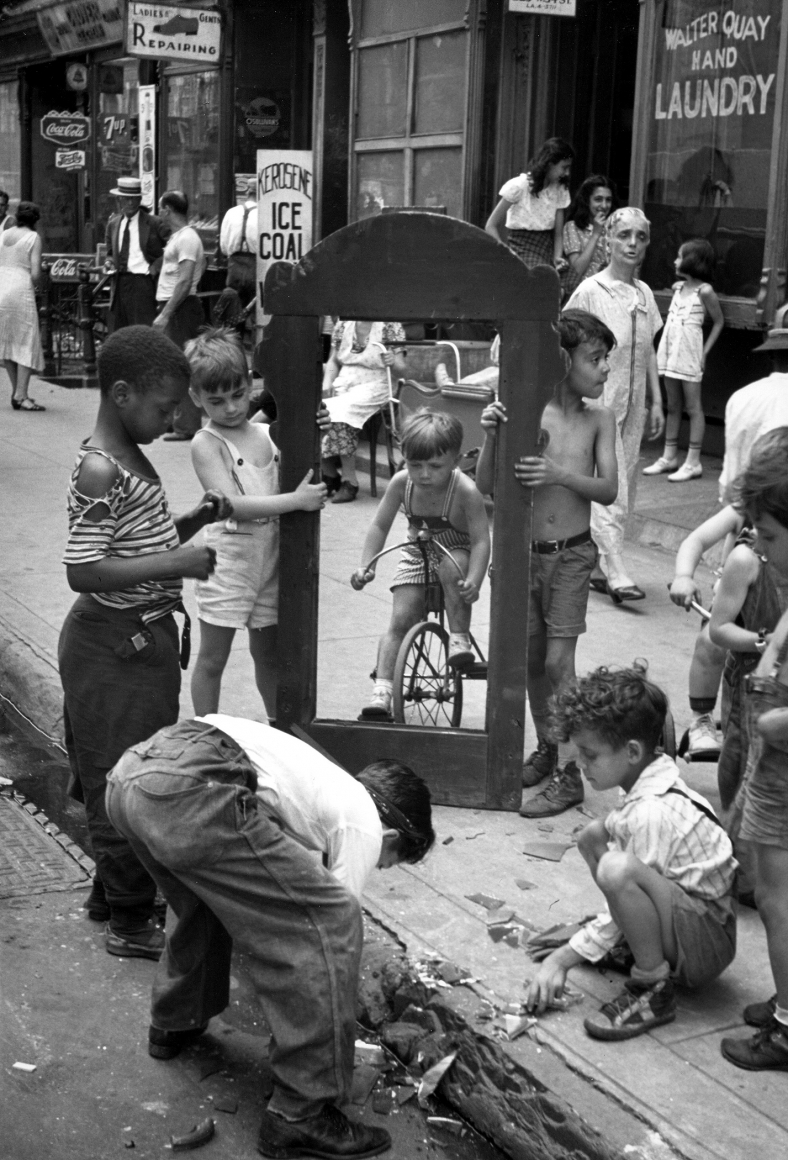
Levitt’s influence from Cartier-Bresson was not only from viewing his work in galleries, but also once accompanying him on a day of shooting in New York City.
Levitt also had a known connection with Walker Evans. In 1937 or 1938, she showed him her photographs of children playing. He found interest in them, and they worked together in 1938-39, taking pictures in the subway.
It has been written that “the only photographers Evans ‘felt had something original to say were Cartier-Bresson, Helen Levitt and himself.’”
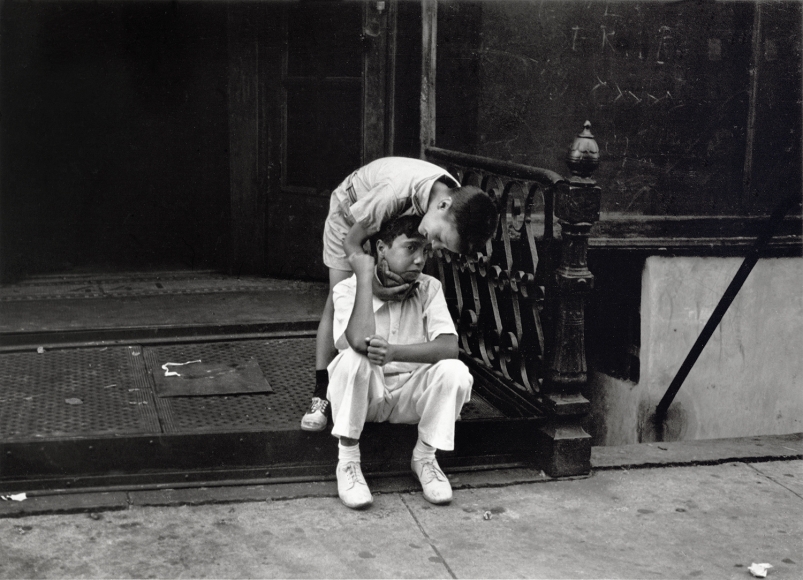

On the same day that she showed her photographs to Evans, she met James Agee, who was an influence on her and also introduced her to poker. The two of them worked along with Janice Loeb, later her sister-in-law, on documentary films.
Loeb also introduced Levitt to Luis Buñuel, whom she had her first film job with as an editor. Jeff Rosenheim, whom Levitt met at a showing of her work in Yale, also became a friend and joined her poker group. She was also friends with Thomas Roma, the director of the photography program at Columbia University for nearly 25 years.


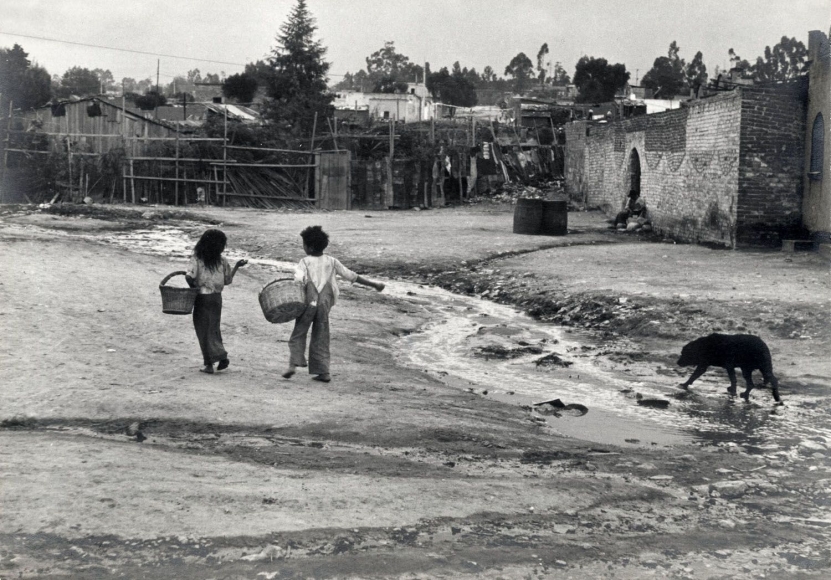



Helen Levitt’s playful and poetic photographs, made over the course of sixty years on the streets of New York City, have delighted generations of photographers, students, collectors, curators, and lovers of art in general.
The New York Times described her as: “a major photographer of the 20th century who caught fleeting moments of surpassing lyricism, mystery and quiet drama on the streets of her native New York”. Throughout her long career, Helen Levitt’s photographs have consistently reflected her poetic vision, humour, and inventiveness as much as they have honestly portrayed her subjects men, women, and children acting out a daily drama on the sidewalks and stoops of New York City’s tenemant.


Wow, what a brilliant eye this photographer portrays